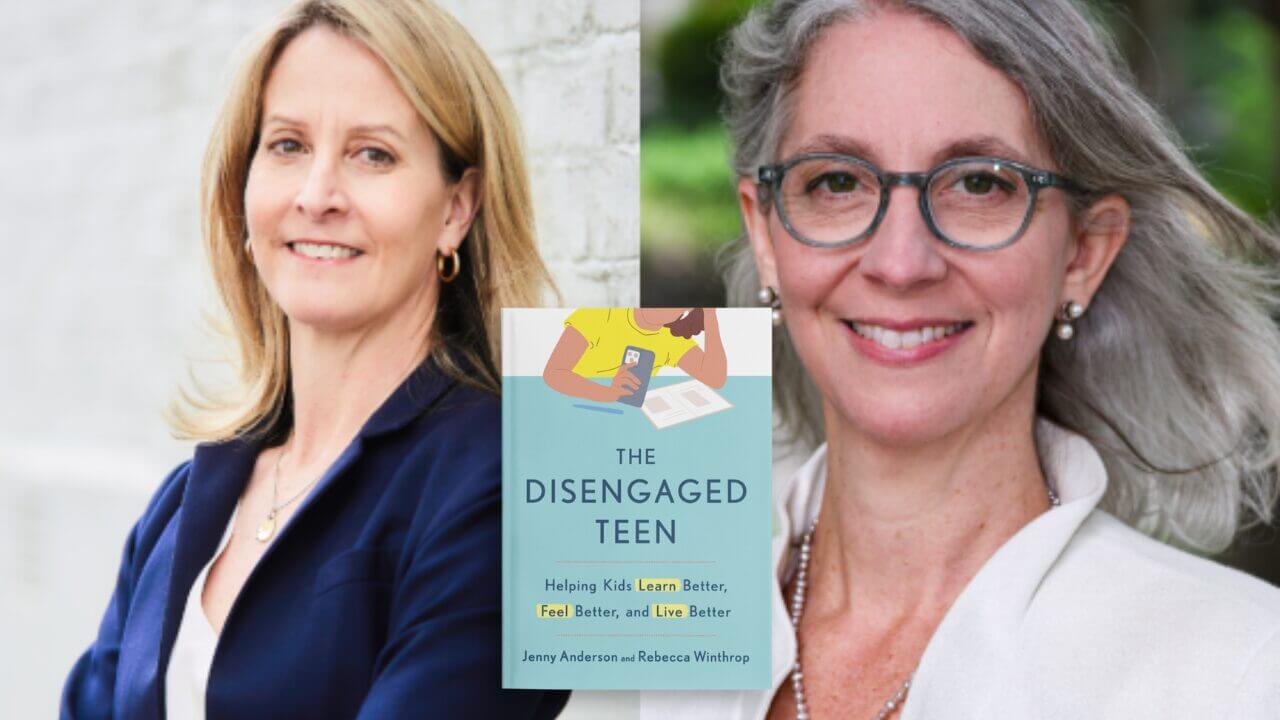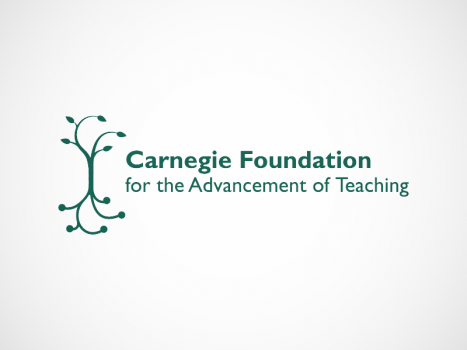A Hub by Any Other Name
Joshua Glazer visited Carnegie recently to talk about ideas outlined in an article, “Reconsidering Replication: New Perspectives on Large-Scale School Improvement,” that was published in the Journal of Educational Change. Glazer is with The Rothschild Foundation in Jerusalem and his co-author Donald Peurach is with the School of Education at the University of Michigan. In the article, the authors focus on a change strategy that features a “hub” organization collaborating with “outlet” schools to enact school-wide designs for improvement.
The ideas in the article and the presentation seemed synergistic with Carnegie’s work in Networked Improvement Communities. Both the authors’ approach to school improvement and Carnegie’s work in transforming developmental mathematics in community colleges align around networks as learning organizations supported by central hubs.
One key difference between the Glazer/Peurach model and Carnegie’s work is the social organization illustrated by the dissimilar roles of the hubs in each. In Glazer’s model, the hub leads the implementation network, its role being to build knowledge outside of individual network sites and devise a model to be enacted by the “outlet” schools, and to monitor the fidelity of implementation. This model is hub-centric. In Carnegie’s model, the hub is “first among equals,” tending to the health and well being of the network and supporting integrity of implementation of powerful ideas. It delineates an initial problem; recruits leaders and champions into the work; establishes rules, roles, and responsibilities for participation; creates an initial conceptual framework; and offers an analytic and technical infrastructure for the work. Carnegie’s hub is less an enforcer and more a gardener.
The key similarity in the two approaches is that the hub in both configurations is a capable organization that sits in the middle to make the whole enterprise run. Both Carnegie’s and Glazer’s network hubs study the innovations going on in networks. Both models see schools/colleges as learning and problem-solving organizations that analyze and address problems of practice. In both, the hub vets the knowledge, and then uses that knowledge to improve the design, supporting the constant improvement and iteration in an evidence-based process of change. And in both models, every school learns on the basis of the wisdom of many others doing the same kinds of work.
The bottom line for both approaches is that they exist to solve the problem that, despite the growth of improvement efforts, we continue to repeat the tragedy of local innovation “dying on the vine.” What is clearly needed and what Carnegie and Glazer and colleagues are developing and promoting is an infrastructure that allows us to cull and synthesize the best of what we know from scholarship and practice, rapidly develop and test prospective improvements, deploy what we learn about what works in schools and classrooms, and add to our knowledge to continuously improve the performance of the system.
December 6, 2011
In a keynote address at the annual meeting of the Association of Community College Trustees in Dallas recently, Carnegie President Tony Bryk outlined for the Trustees how Carnegie is using improvement research in our work to improve the success rate of students in developmental math. “We need to rethink how…
January 17, 2012
This video showcases a panel discussion on learning opportunities from the Quantway™ and Statway™ 2011 Summer Institute. Hosted by Kay Merseth of the Carnegie Foundation and the Harvard Graduate School of Education, the panelists include: Jim Stigler, Carnegie Foundation, UCLA; Uri Treisman, Charles A. Dana Center, U. of Texas, Austin;…






